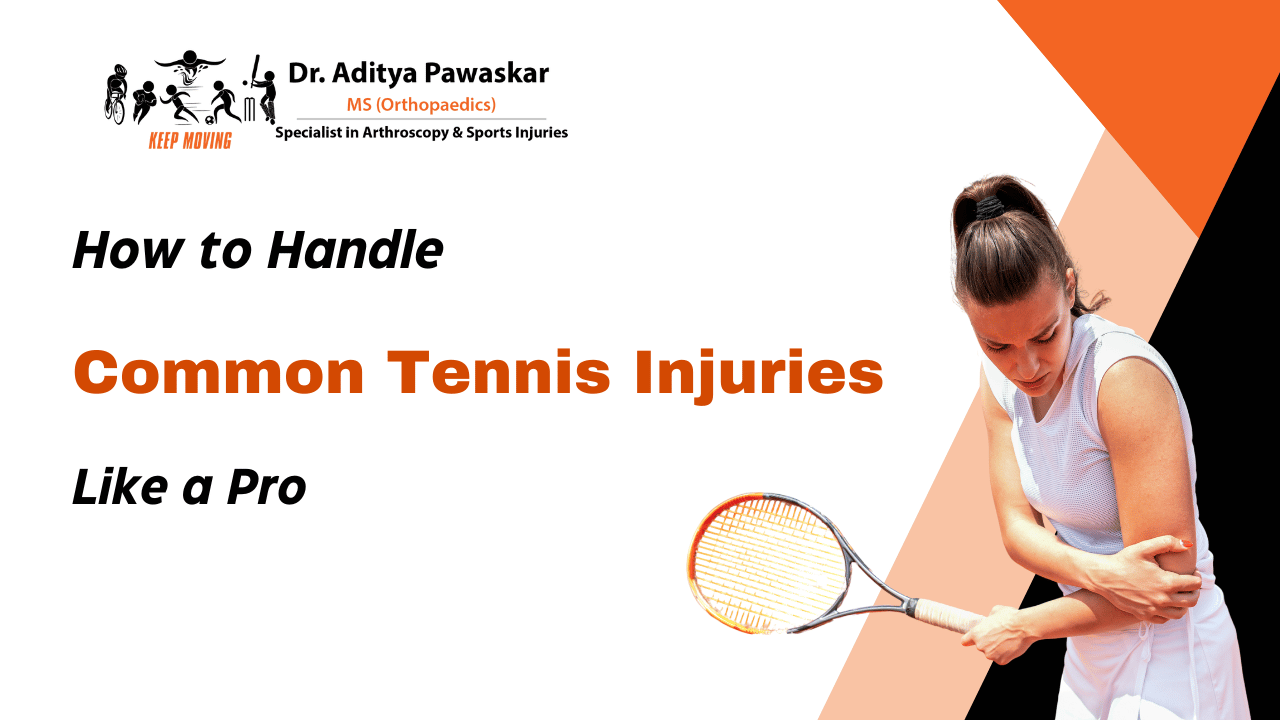
Introduction
Tennis is a demanding sport that requires skill, strength, and precision. Whether you're a professional player or just starting your career in tennis, injuries can be a part of the game. However, knowing how to handle common tennis injuries like a pro can make a significant difference in your recovery time and overall performance. Let us explore some of the most common tennis injuries, their causes, prevention strategies, and effective treatment options from a sports medicine expert's perspective.

Understanding Common Tennis Injuries
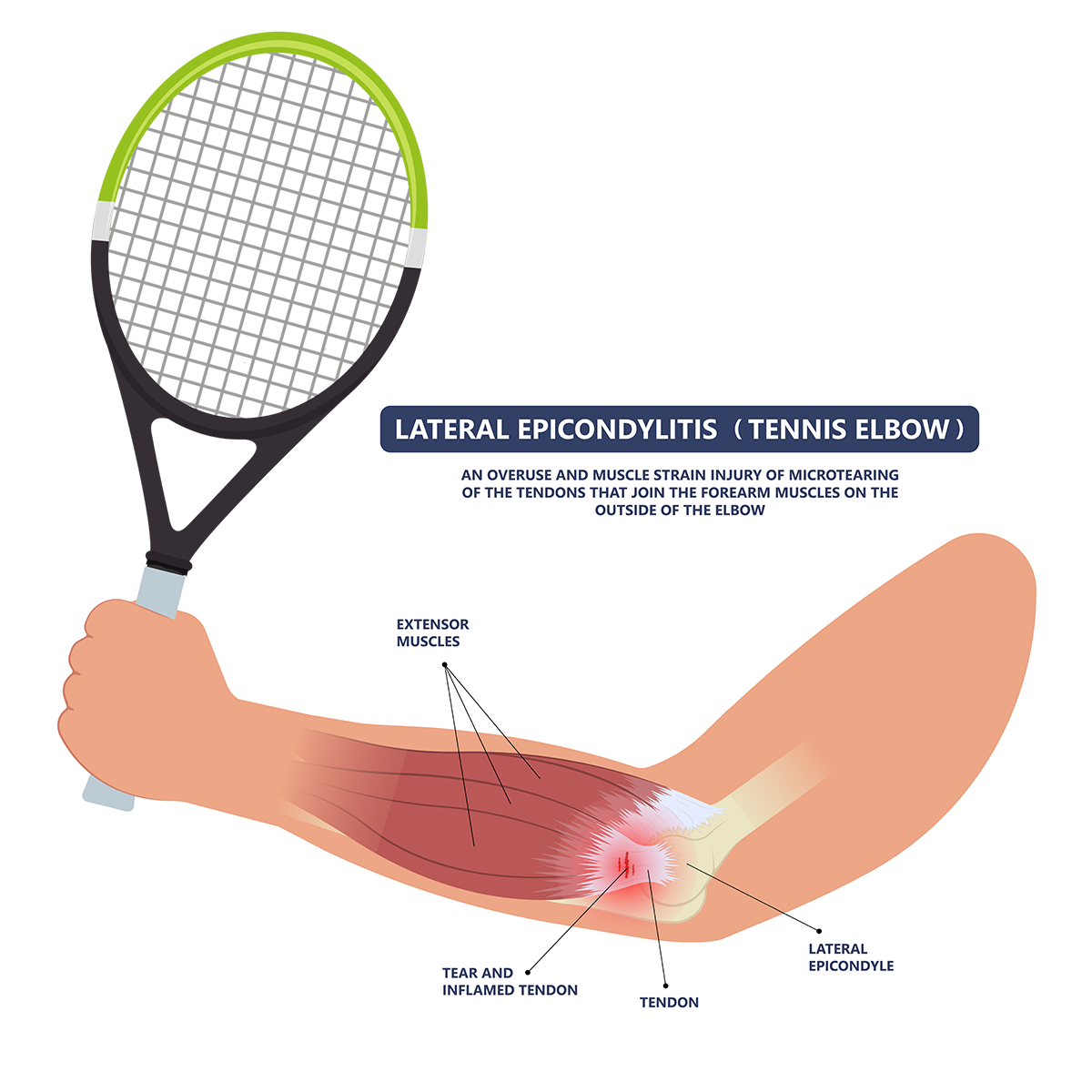
Tennis Elbow or Lateral Epicondylitis
- Tennis elbow is a prevalent injury among tennis players, characterized by pain and tenderness on the outside of the elbow.
- It occurs due to repetitive gripping and wrist extension movements, leading to inflammation of the tendons in the elbow.
Shoulder Injuries (Rotator Cuff Tears, Impingement)
- Shoulder injuries are common in tennis, especially among players who frequently use overhead strokes like serves and smashes.
- Rotator cuff tears can result from overuse or poor technique, causing pain and limited range of motion.

Ankle Sprains

- Quick directional changes and pivoting movements on the tennis court can lead to ankle sprains.
- An ankle sprain is when the ligaments supporting the ankle are stretched or torn.
- It can cause pain, swelling, and instability.
Knee Injuries
- The repetitive nature of tennis movements can put a strain on the knees, leading to different conditions.
- These injuries can affect mobility and cause discomfort during play.
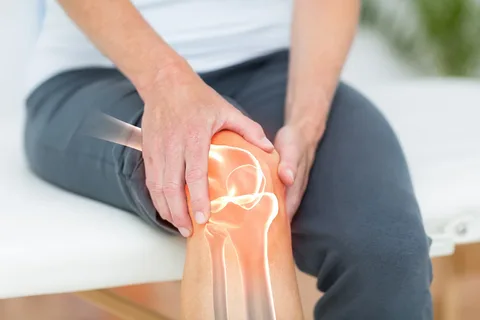
Prevention Strategies
Proper Warm-Up and Stretching

- Before hitting the court, it's crucial to warm up your joints and muscles with dynamic exercises like jogging, jumping jacks, and arm circles.
- Follow this with specific stretches targeting the shoulders, elbows, wrists, ankles, and knees to improve flexibility and reduce the risk of injury.
Technique Improvement
- Working with a qualified and experienced tennis coach can help you refine your strokes and footwork, reducing the strain on vulnerable areas like the elbows, shoulders, and knees.
- Focus on proper body mechanics, including racket grip, follow-through, and weight distribution, to minimize unnecessary stress on joints and tendons.
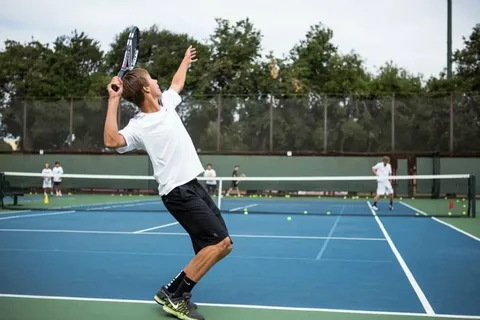
Gradual Progression and Rest

- Avoid overtraining by slowly increasing the intensity and duration of your tennis sessions.
- Include rest days into your training schedule to allow your body to recover and repair damaged tissues. Listen to your body's signals of fatigue or pain and adjust your training accordingly.
Equipment Check
- Ensure that your tennis racket is the right size and weight for your playing style and skill level.
- Consider using shock-absorbing strings and grip tape to reduce the impact on your arms and wrists.
- Invest in supportive footwear with good traction to prevent slips and ankle injuries on the court.

Treatment Options
Rest and Ice
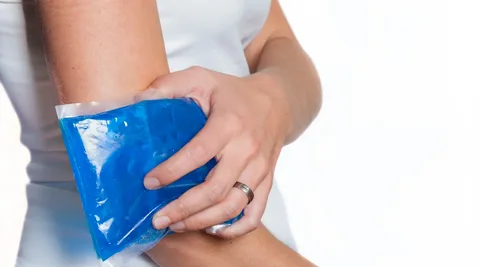
- If you experience pain or swelling after playing tennis, rest the affected area and apply ice packs for 15-20 minutes every few hours to reduce inflammation.
- Avoid activities that aggravate the injury until the symptoms subside.
Physical Therapy
- Do exercises and stretches to strengthen the muscles around the injured area and improve flexibility.
- Physical therapy can also include modalities like ultrasound or electrical stimulation for pain relief and tissue healing.
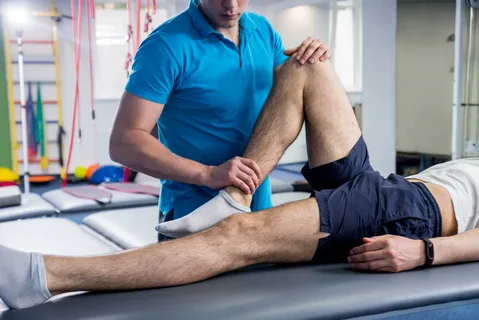
Bracing or Taping
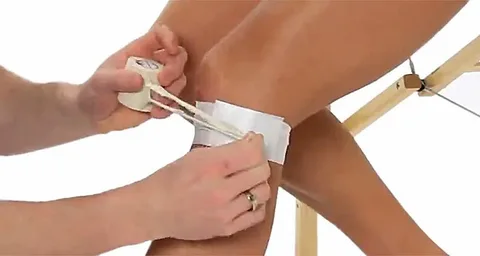
- Depending on the type and severity of the injury, wearing a brace or using athletic tape can provide support and stability to the affected joint or tendon during activities.
- This can help reduce strain and prevent further damage.
Medication and Injections
- Nonsteroidal anti-inflammatory drugs (NSAIDs) may be prescribed to alleviate pain and swelling associated with tennis injuries.

Surgery (in rare cases)

- Severe or chronic tennis injuries, such as extensive rotator cuff tears or persistent ligament damage, may require surgical intervention.
- Surgery aims to repair the damaged tissues and restore functionality, followed by a structured rehabilitation program for optimal recovery.
Returning to Play Safely
After recovering from a tennis injury, it's essential to ease back into playing gradually to avoid re-injury. Follow these tips for a safe return to the court:
- Start with light-hitting sessions and gradually increase the intensity and duration.
- Focus on technique and proper body mechanics to prevent overloading vulnerable areas.
- Include cross-training activities such as boxing, swimming or cycling to maintain overall fitness and reduce repetitive stress on specific muscles and joints.
- Listen to your body always and stop playing if you experience pain or discomfort, as pushing through can worsen the injury.
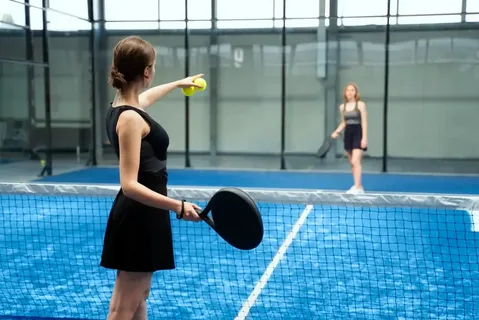

Conclusion:
Handling common tennis injuries like a pro involves a combination of prevention strategies, effective treatment, and gradual rehabilitation. Dr Aditya Pawaskar is an expert in this field and will help you return to your game healthy. He will help you understand the causes of these injuries, implement preventive measures, and follow a structured recovery plan. Tennis players can reduce the impact of injuries on their performance and enjoy the game safely with his guidance. Remember, it's about winning matches and taking care of your body for long-term health and success.

The Best Sports Injury Specialist In Mumbai
- Dr. Aditya Pawaskar is one of the best Arthroscopic Surgeon & Sports Medicine Doctor in Mumbai for treating ailments related to Arthroscopy & Sports Injury in Mumbai. Dr. Aditya Pawaskar provides high-class treatment and personalized care to patients.